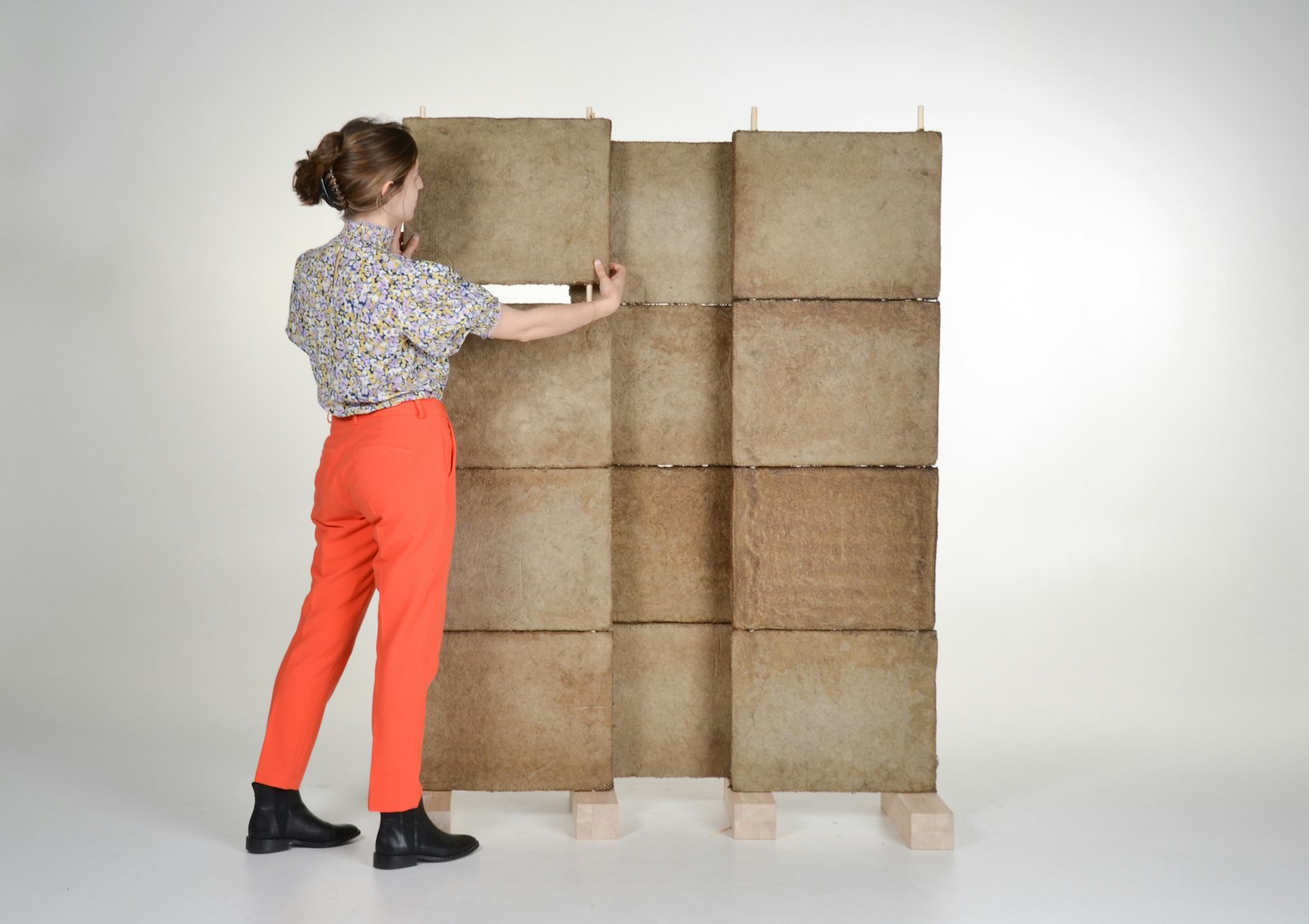de Velde
Category in the picture: Design Research
Among the many categories of the Henry van de Velde Awards, Belgium's most important design prizes, we want to highlight this one: Design Research. This category is all about research through design. What does that exactly mean? Why is it important? And does your research fall under this topic? We’ll explain it to you and provide inspiring examples from past winners.
- Materials research: experimenting with more sustainable and/or new materials
- Technological innovation: inventing smart solutions that (can) improve life
- Social impact: designing practical answers to societal challenges
This is how previous winners approached it:
- 2025: Phonobet
Designer: Walda Verbaenen
Partners: MAD-Research, PXL-MAD School Arts / UHasselt (onderzoeksgroep READSEARCH)
Phonobet is an alphabet with recognisable letterforms that helps with the pronunciation of an unfamiliar language. Through visual modifications of letters, the design supports non-native speakers in language acquisition.
The jury: "Playful, beautiful, inviting but so intuitive and totally on the mark."
- 2025: How do I make my building future-proof?
Agency: archipelago architects
Client: OVAM
Partners: CERAA
How do I make my building future-proof? is a practical guide for clients to start on future-proof construction and renovation projects that respond to societal changes and leads to more efficient use of raw materials and energy.
The jury: “A truly painstaking effort. The OVAM managed to convert an in-depth study of future-proof building structures into a useful overview.”
- 2024: Atlas of Lost Finds
Agency: Unfold
Partners: Alexandre Humbert & Collectief Atlas of Lost Finds
Atlas of Lost Finds is a study on the significant rematerialisation of lost heritage in collaboration with local communities and digital technologies.
They jury: "The jury appreciates the well-argued, in-depth, multi-layered research based on a social question. This project also has an emotional charge and involves today's local people in a heritage project across generations."
- 2023: No Time To Waste
Designer: Isabeau Goddé
No Time To Waste is a study on the use of textile waste (lint) as a valuable raw material. With new applications such as lint yarns and lint blocks, the project aims to reduce waste and raise awareness.
The designer: “Winning a Henry van de Velde Award was a dream of mine. Thanks to the award, I received valuable feedback from people in the industry. It also gave me a new network as well as extra visibility in the press.”
- 2022: Ecology of Colour
Designers: Heleen Sintobin & Maria Boto (Laboratorium KASK & Conservatorium, HOGENT & Howest)
Ecology of Colour is a study at the intersection of art, design, and biotechnology exploring a sustainable future for colour production by developing ecological pigments from microalgae and natural structural colours.
The jury: “This research identifies the environmental impact of the color industry and drives the shift towards a sustainable approach to colour.”
Register for the competition:
Do you have or are you working on a product, service, or research project that provides new insights through design or stimulates social and technological progress? Then you have a chance to win a Henry van de Velde Award in the Design Research category. Did you realised a project that fits better within one of the eight other categories (Business Innovation, Consumer, Crafts by Bokrijk, Digital Design, Environment, Graphics, Habitat or Spaces)? Then you can, of course, submit it under that category.
The competition is open to designers and clients from Flanders or projects with a clear Flemish link.
Registration is free and entirely online via henryvandevelde.be, from April 1 until May 27 at 11:59 p.m. on henryvandevelde.be.
Good to know:
- You can submit a project in a maximum of two categories.
- For each category for which one applies, a clear motivation must be written of why the project is of added value within this category and what impact it has.
- Do you want to submit multiple projects? You certainly can!
Seize this opportunity to showcase your work, expand your network, and establish new collaborations. Show that your research deserves to be recognized and rewarded with a prestigious Henry van de Velde Award.



